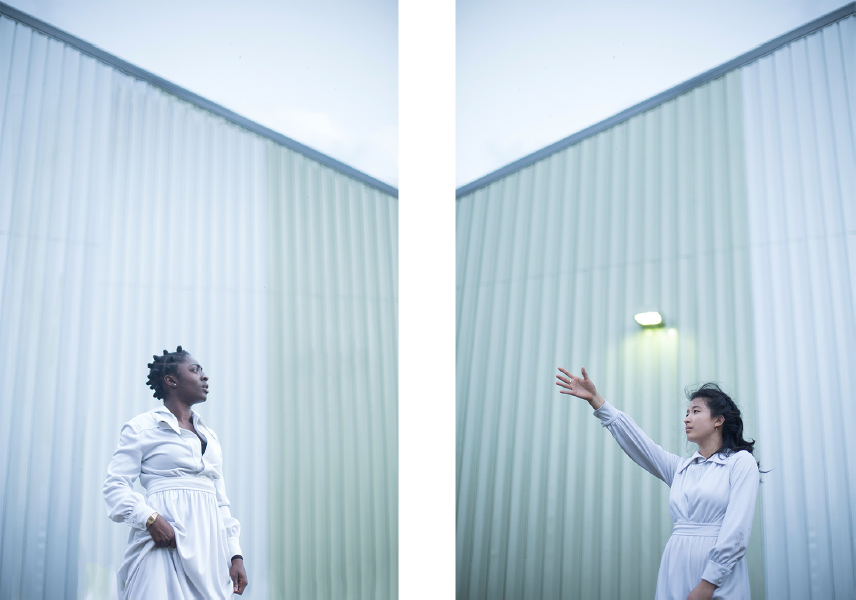
Human Connectivity Through Performance: A Response to Posthumanism
The goal of this thesis is to look at human connection both as art subject and as material for art making. The thesis investigates the digital social visual system that controls us, the role we play in it, and how performance can be used as an effective method to reclaim power of both our bodies and our physical sociality. It is widely held that our current era marks a transition into posthumanism, where humans are not only inextricably linked with technology, but we are valued less for our ontological ability than our operational ability. A posthuman, then is only concerned with problem solving and not reflection or thought sans action. A posthuman world marks a significant loss for humans, signaling the rapid erosion of subjectivity and a shift away from activities that produce no tangible results, such as dance. A posthuman world deems physical communication through gesture, wholly unproductive. I argue that performance art offers a viable solution to re-instating the deteriorating elements of the primal human.
I created a dance ensemble with whom I worked over the duration of a semester to produce human connectivity through performance. Once a firm connection was established, the ensemble collaborated to create movement addressing femininity, conformity, and productivity. The grid of screens shows disparate execution of the same choreography in the same garment in the same space. The movement aims to convey that despite momentary togetherness, our digital social overload relegates us, ultimately, to isolation. In that isolated space, we may then connect with ourselves and our surroundings to reach a meditative state of connectivity unlike that of the social world we are used to. The other monitors display works of choreography, contact improvisation and mimicry. Set in institutionalized spaces, the mimicry series engages small pods of the ensemble, issuing a switch between leaders. It turns the system of conformity on its head for in this space, trust and physical communication, are required for participation. The dance choreography, performed outdoors, aims to address the frustrating relationship women have to their femininity. You will see a marked shift between the romantic state of acceptance and an aversion to the controlled.
Sector C: Art Practice and TechnologyAdvisors: Jamie Diamond (FNAR) | Gabriel Martinez (FNAR)

 Visual Studies
Visual Studies